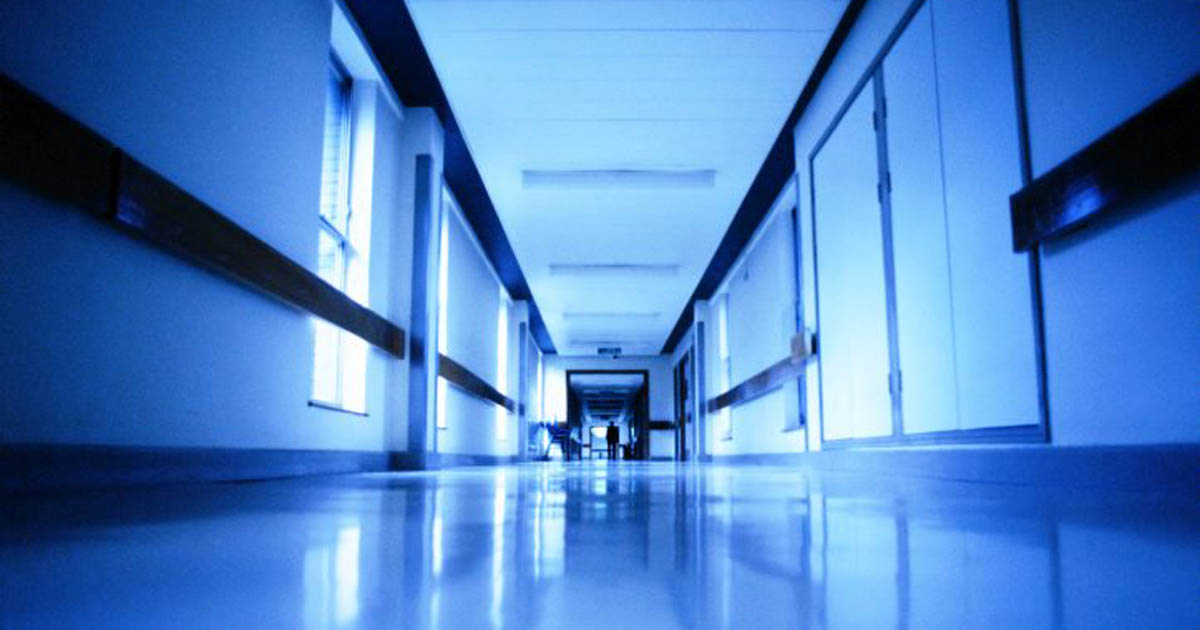Guide aims to reduce sedative-hypnotic drug initiation for noncritically ill patients
A guide published in JAMA Internal Medicine provides strategies to promote sleep and reduce sedative-hypnotic medication initiation for noncritically ill hospitalized patients.
“Sleep difficulty in the hospital setting is a consequence of acute medical illness and an unfamiliar and disruptive environment,” Christine Soong, MD, MSc, of the division of general internal medicine in the Sinai Health System, the Institute of Health Policy, Management and Evaluation and the Center for Quality and Patient Safety at University of Toronto, and colleagues wrote. “Addressing the underlying causes of poor sleep is a safer and possibly more effective alternative to sedative-hypnotic use.”
Soong and colleagues noted that older adults are particularly at risk for adverse events — including falls, hip fractures, delirium and death — while taking sedative-hypnotic medications.
To evaluate interventions to reduce sedative-hypnotic initiation, researchers conducted a focused search of MEDLINE and Embase databases to identify studies published within the prior 15 years that focused on promoting sleep while reducing sedative-hypnotic usage.

The search yielded studies that were categorized as nonpharmacologic sleep-hygiene implementation, audit and feedback, pharmacist-enabled medication review, computer-based intervention and clinician education intervention types. Among the studies, benzodiazepines and nonbenzodiazepine gamma-aminobutyric acid receptor agonists were the most commonly targeted sedative-hypnotics.
Based on evidence found in the studies, Soong and colleagues developed three strategies to reduce sedative hypnotic initiation among inpatients with insomnia.
The first strategy recommends creating a sleep-promoting inpatient environment. Researchers recommend that hospital administrators enact nonpharmacological plans that include implementing designated overnight periods with reduced noise, lighting, and limited interruptions for nonessential medication administrations and clinical monitoring. Clinical teams can work as a group to emphasize nonpharmacological approaches to insomnia treatment, such as use of ear plugs, eye masks and soothing music.
Soong and colleagues’ second strategy includes interventions that target prescribers. These interventions include encouraging pharmacists to identify inappropriate sedative-hypnotic use through structured medication reviews for hospitalized patients and asking nurses to perform environmental assessments to determine appropriate sleep-hygiene practices rather than dispensing sedative-hypnotics. Researchers recommend implementing these changes through clinician performance data feedback, computer-based interventions, and educational strategies for both clinicians and patients.
The third strategy recommends rigorous evaluations of interventions to determine which are most successful for reducing sedative-hypnotic prescribing.
“Creating a sleep-friendly inpatient environment is an important enabler of sedative-hypnotic reduction efforts,” Soong and colleagues wrote. “This guide can aid quality improvement teams, administrators and clinicians toward achieving a safer hospital environment for inpatients.” – by Erin Michael
Disclosures: The authors report no relevant financial disclosures.
